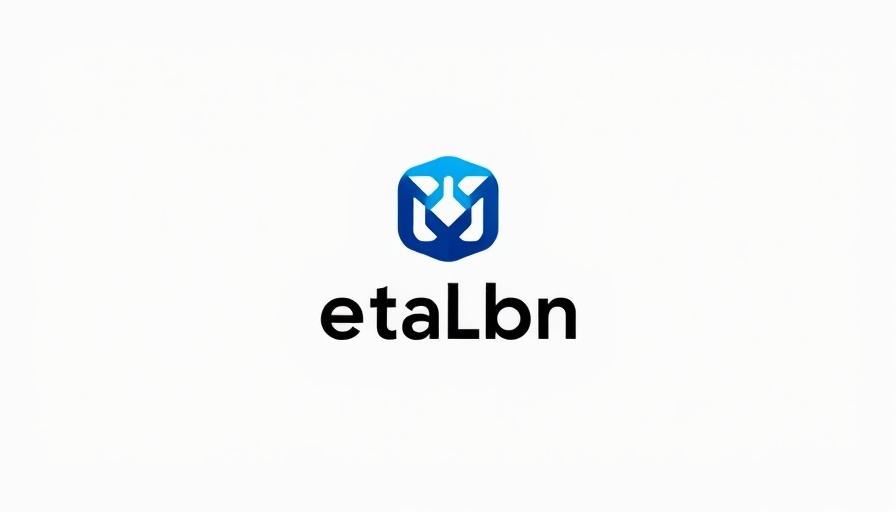
Understanding the Future of Social Media Writing
As we advance into 2025, businesses face new challenges and opportunities in the realm of social media. With more than half of the global population, around 4.76 billion users, now engaging with social media platforms, it is crucial for business owners, consultants, and coaches to harness these platforms effectively.
The evolving landscape demands that social media strategies not only attract attention but also foster meaningful engagement. With algorithms constantly changing and user preferences shifting, adapting our writing and content strategies has never been more pertinent.
Embrace Hyper-Personalization
Hyper-personalization is set to become a cornerstone of effective social media engagement in 2025. Gone are the days of one-size-fits-all content. Today's audiences demand tailored experiences that resonate with their individual preferences and behaviors. Studies show that personalized content can drive engagement rates significantly higher than generic posts.
Business owners should invest time in understanding their audiences—gathering insights about their interests, online behaviors, and pain points. This enables the creation of content that speaks directly to them, thus increasing the likelihood of interaction and conversion.
Crafting Content That Captivates
Writing for social media requires brevity and impact. Social media audiences are known for their fleeting attention spans; therefore, keeping messages concise is vital. According to best practices, posts with fewer than 50 characters generate higher engagement rates. This underscores the necessity of clarity and conciseness in our messages.
Incorporating multimedia elements like images, videos, and memes not only attracts attention but also encourages sharing. As noted in various studies, visuals can increase the effectiveness of social media posts exponentially. Businesses should experiment with diverse content formats, including user-generated content, behind-the-scenes peeks, and educational snippets, to keep their audience engaged.
Utilizing Social Media Jargon
Understanding and utilizing social media jargon is another advanced tip that can significantly improve relatability and engagement. Phrases popular among younger audiences can bridge lengths between brands and consumers, creating a more approachable presence. It's essential, however, to adapt this language based on the platform; what works on TikTok might not resonate on LinkedIn.
Clear Calls to Action Are Crucial
Each post should have a clear purpose, and often this involves a call to action (CTA). Whether it’s prompting followers to visit a website, comment on a post, or share content, providing direction can drive the desired engagement. Studies suggest that posts with a solid CTA receive significantly more interactions than those without.
Engagement Beyond Posts
Effective social media management goes beyond creating posts; it requires ongoing dialogue. Engaging with followers through comments and direct messages fosters relationships and establishes trust. This “people-first” approach aligns with today's expectations for brand transparency and accessibility.
Moreover, not every trend needs to be followed blindly. Understanding your brand identity and audience preferences ensures that you choose relevant trends to capitalize on without appearing inauthentic.
Leverage AI Tools Efficiently
Artificial Intelligence (AI) tools have come a long way, and integrating them into your social media strategy can enhance creativity and efficiency. Whether brainstorming post ideas, generating engagement prompts, or analyzing data patterns, AI can streamline many tedious tasks. However, human oversight is crucial to maintain brand voice and ensure accuracy, especially in sensitive areas.
As brands increasingly navigate the complexities of social media, leveraging the right tools can also prevent burnout and yield creative inspiration, especially when teams face obstacles or downtime.
Future Predictions and Strategy Evolution
Looking ahead, we can anticipate further evolution in how content is delivered and consumed on social media. Technologies such as augmented and virtual reality may soon become commonplace, providing brands with innovative ways to engage users. Being proactive and adaptive to these changes will determine which businesses thrive.
Moreover, as platforms evolve, staying attuned to user feedback and analytics will be vital for honing strategies. Flexibility and experimentation should become hallmarks of your social media approach.
A Lasting Impact with Your Social Media Presence
In conclusion, successful social media writing in 2025 hinges on hyper-personalization, clarity, multimedia content, and effective engagement tactics. For business owners eager to grow and connect with their audience, embracing these advanced tips will significantly elevate their social media presence and foster long-lasting relationships.
By actively refining your strategy based on audience insights and industry trends, you will not only enhance your brand’s visibility but also drive meaningful interactions. As the digital landscape continues to shift, staying prepared and adaptable will be essential for sustainable success.
Call to Action: Stay ahead of the competition by implementing these advanced social media writing tips today. Engage with your audience more effectively and watch your business grow!
 Add Row
Add Row  Add
Add 




Write A Comment